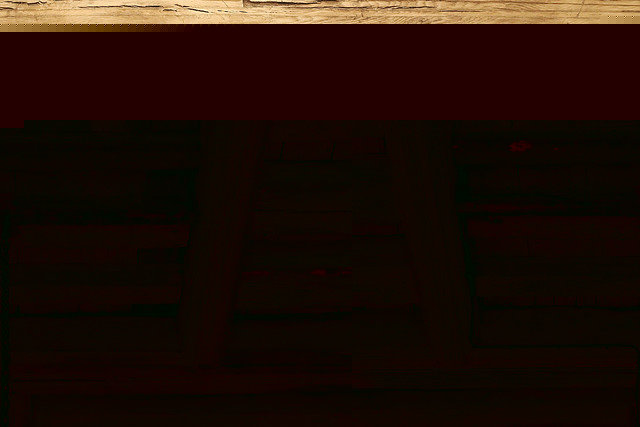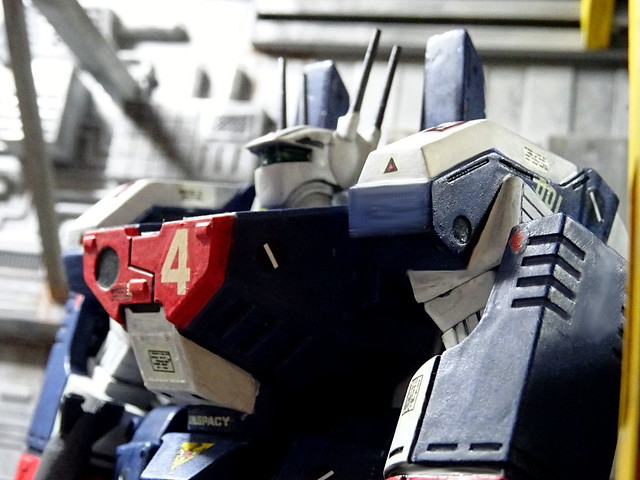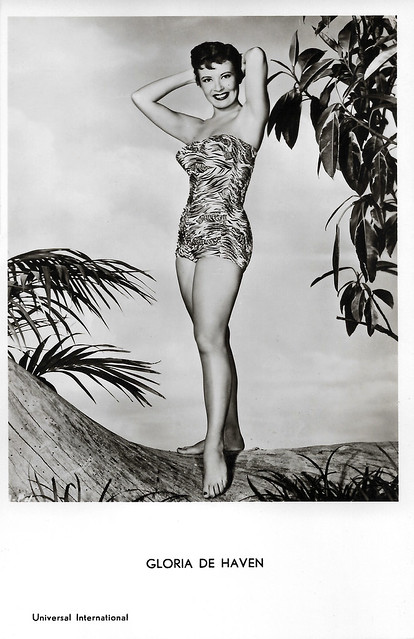How Custom Logo Lightboxes Are Constructed
Logo light boxes are an attractive and economical way to advertise a business. They are available in a wide variety of sizes and can be used indoors or outdoors. They can be hung on walls or poles, and can easily catch the eye of passersby.
Lightbox signs, also known as cabinet signs, are commonly found in retail stores, drive-thrus, and shopping malls. They feature a formed aluminum frame, HD printed acrylic (indoor) or polycarbonate face, and internal LED lighting.
Welding
Welding is a fabrication technique that uses high heat and pressure to bond two pieces of metal together. The welded materials will then solidify into a single unit. This process is commonly used in the production of custom logo lightboxes, as it provides a strong and durable structure. It is also more cost-effective than other fabrication methods such as TIG welding.
Lightboxes are frequently seen in shopping malls, drive-thrus, and coffee shops. They are fabricated with formed aluminum framing, internal support bars and HD printed acrylic (indoor) or polycarbonate (outdoor) faces that can be illuminated with LED lights. These are a great option for businesses that want to attract more customers and increase brand visibility.
Digital light boxes incorporate modern technology into signage solutions by allowing users to easily change graphics and text with the touch of a button. This allows for frequent graphic updates, unlike non-lightbox electric signs that are designed for long-term or permanent displays of a visual. These types of light boxes are ideal for impactful branding and dynamic marketing, especially at business events or trade shows.
Grinding and Polishing
A lightbox logo is a backlit display sign that can be customized to show a company’s logo or text. It is a great way to attract customers, especially at trade shows or business events. These signs can be mounted in a variety of locations, including in windows and on the walls of a store or office.
The design and customization process for a light box logo begins with a consultation with the client and a presentation of a mock-up for approval. The complexity of the design, such as channel letters or programmable LEDs, will be taken into account during the quoting process.
Grinding is a fine process that creates a flat specimen surface. The abrasive used in this step can be general abrasives like aluminum oxide and silicon carbide, or super-abrasives like diamond and cubic boron nitride (CBN). Grinding is followed by lapping, which produces an even smoother surface with a Ra surface roughness of the nanometer order.
Laser Engraving
Laser marking is a non-contact process that does not require expensive tools. Laser engravers use light custom logo lightbox to mark and cut materials like wood, natural stone, plastic, foam, textiles, paper, foil, cardboard, metal and any material that can be held under the laser nozzle. This allows for a high degree of flexibility in implementing patterns.
Laser engraving is often used on products travelling along production lines frameless lightbox to mark date, time and lot numbers. The controller of the machine determines the pattern of engraving which is traced with the laser beam over the surface of the material being marked.
Metals are the most commonly engraved materials. This is done using a pulsed laser that emits short wavelengths at high peak power. This type of laser has the ability to vaporize coated metals, leaving raw metal as the contrasting mark. It is also useful for etching anodized aluminum and powder-coated metals. Lasers can be tuned to a specific wavelength that reacts well with the material being marked, making them suitable for marking organic or soft products. Woods like pine and birch are also compatible with laser marking.
Sideband Cutting
Lightboxes are one of the fastest growing, yet undervalued ways to add value and visibility to your brand. They are available in a variety of shapes, sizes and lighting options to suit a range of businesses and settings.
Logo light boxes are a popular choice for retail stores, cafes, restaurants and other businesses seeking to highlight their branding or promotions. They are also used as display units at trade shows and conventions.
Digital light box designs infuse modern technology into signage solutions, allowing for high-resolution displays capable of supporting vibrant graphics, animation and frequently updated messaging or branding. The result is an eye-catching sign that can engage and inspire customers.
Lightboxes can be front-lit, back-lit or both. This type of illuminated signage features a backlit panel behind which translucent graphic prints are positioned. The graphic is then mounted in a frame with LED lighting, creating a vivid and eye-catching display that can be seen from afar.
Assembly
The frame of a lightbox sign must be carefully constructed to ensure the lighting system illuminates all aspects of the display. This is important for ensuring crisp visibility and a professional-grade finish. The frames must be constructed from materials suitable for the intended environment and sized to fit the desired location. The acrylic sheet that acts as the sign’s face must be cut precisely to match the frame size and shape, and the lettering and graphics must be applied properly in order to achieve a smooth appearance and sharp contrast.
A logo light box is an illuminated sign that displays a brand logo prominently and in a large format. They are often crafted from durable, weatherproof materials and can be used indoors or outdoors. They are a popular option for retail locations and event spaces.
They are a great way to get your brand’s name out there and help build awareness of your business. They also make a wonderful addition to any corporate or social events. They can be hung or displayed on a stand to attract attention and create a memorable impression on guests.


